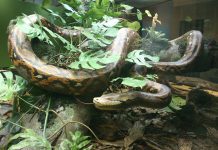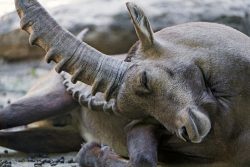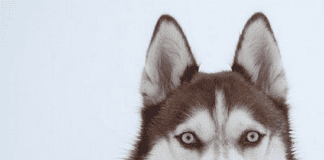
The Mexican Hairless Dog Breed – Xolo
The Xoloitzcuintle, or Xoloitzquintle or Xoloitzcuintli or Xolo, is one of many hairless ancient dog breeds. You can find it in small, medium, and standard sizes. You can also find the Xolo in a fully covered and coated variety.
Hairless and standard Xolo puppies can be born from the same litter because of the same genetic combination. The Perro Mexicano is the hairless variety or Mexican hairless dog. It is distinguished by its duality, wrinkles and dental abnormalities.
History Of The Xolo Dog
In ancient West Mexico, ceramic sculptures of a hairless dog breed were found. They were found at burial sites belonging to both the Maya as well as the Toltec. In ancient times, Xolos were sacrificed to help the soul travel to the underworld.
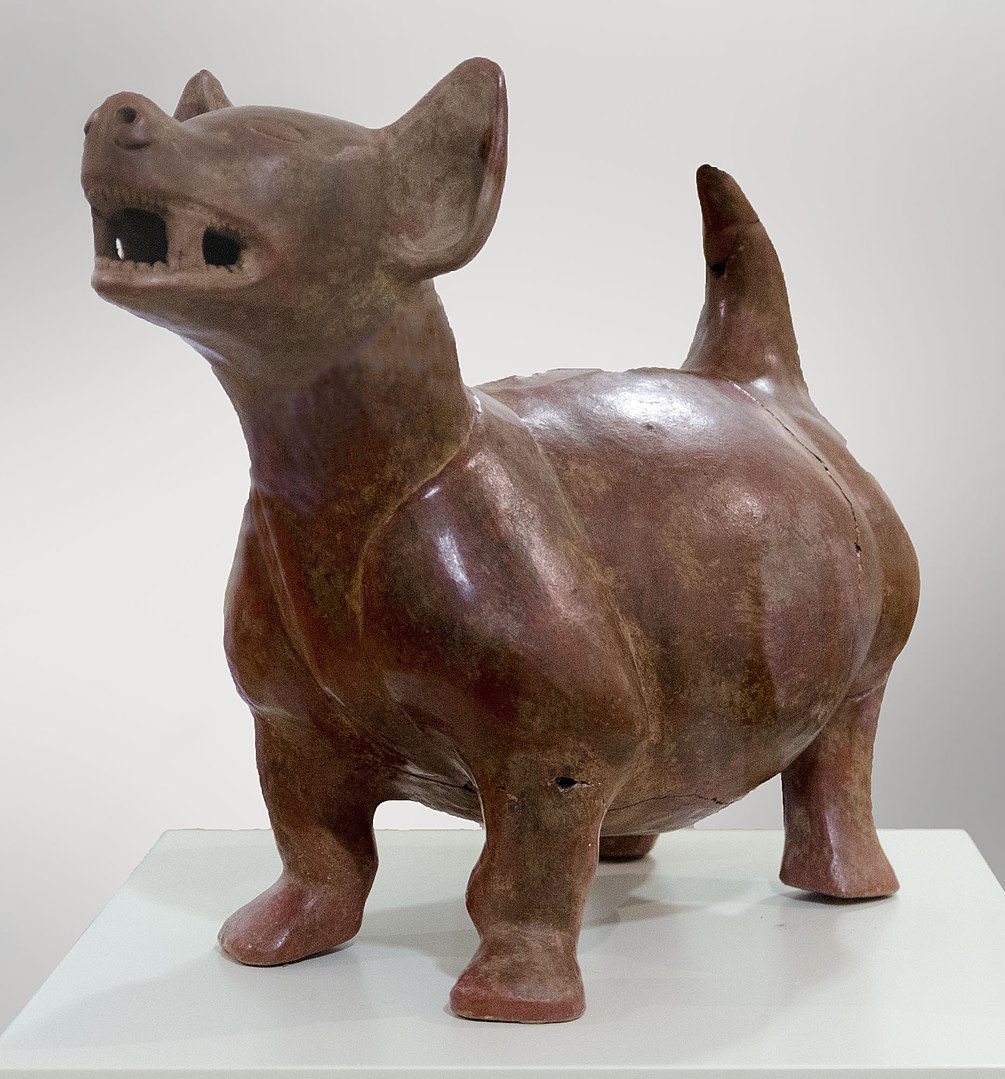
Sixteenth-century Spanish accounts describe large quantities of dogs served at banquets. Aztec Merchant feasts might have 20-40 dogs as food, while 80-100 turkeys were served by Aztec Merchants.
The two types of meat served together in the same dish were the dog meat on the bottom. This was either because the meat was more revered or because it was considered an improvement in cannibalism.
The Aztecs ate a few domesticated animals, and over 90% of bones at archaeological sites were deer.
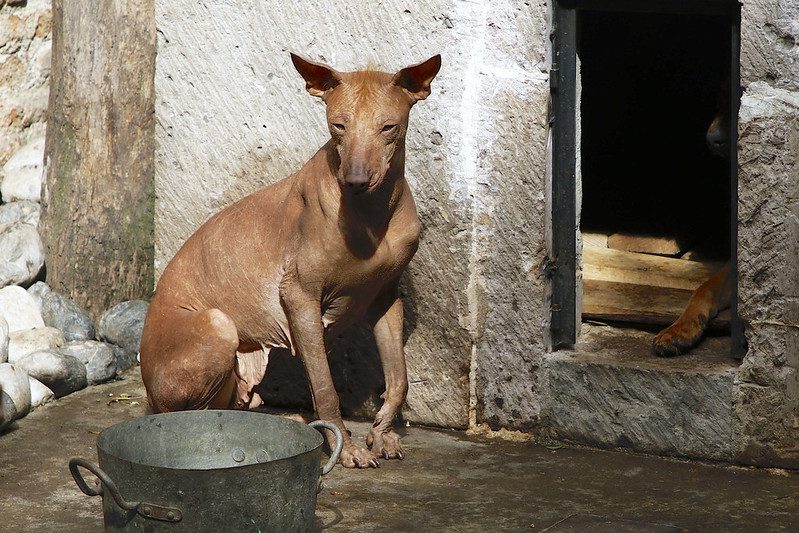
Lineage
An analysis of mitochondrial DNA was used to determine that the DNA sequences from the Xoloitzcuintle were the same as those of Old World dogs in 1999. An analysis of the entire genome’s DNA revealed that domesticated dogs arrived in North America from Siberia approximately 4,500 years ago.
They were then isolated for the next 9,000 years. These lineages were eventually replaced by Eurasian dogs after contact with Europeans. Pre-contact dogs had a distinctive genetic signature, which is almost gone. The sequencing of ancient dog genomes revealed that the Chihuahua retained 4%, and the Xoloitzcuintli 3%, pre-colonial ancestry from two Mexican breeds.
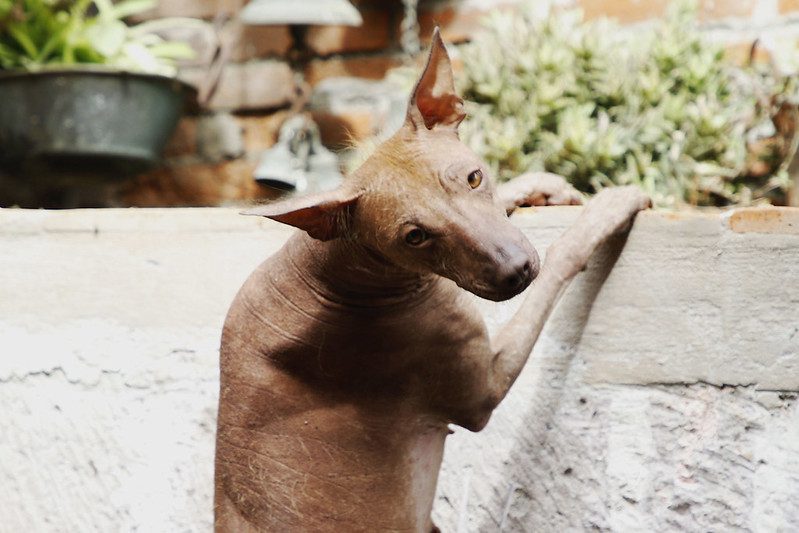
Registry
Federation Cynologique Internationale (FCI)
The FCI was founded in 1940 and did not consider the Xolo a purebred. Norman Pelham Wright (breed historian) said that Xolos appeared at Mexican dog shows in the late 1940s. They were deemed to be native specimens of a native breed. However, there was little interest in them at the time, as information was limited and no standard to evaluate them.
The FCI did not issue any official notice to the breed in its native country until the 1950s. If not saved, the FCI knew that the species would disappear within a decade. The Xolo Expedition was launched in 1954.
Along with a team made up of British and Mexican dog officials, Wright set out to find any purebred Xolos in remote parts of Mexico. Eventually, 10 structurally sound Xolos were discovered.
These dogs were the basis of Mexico’s effort to revive the breed. Wright headed the committee that created the first official standard. The Xolo was recognised in Mexico’s native country on May 1, 1956. Mexico is now a member of FCI International.
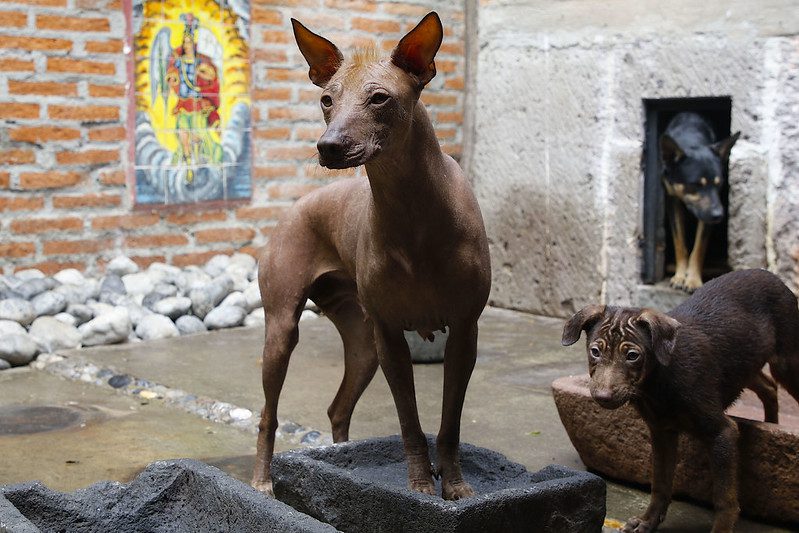
American Kennel Club (AKC).
Xolos were one of the first breeds to be recorded by the American Kennel Club. A Mexican dog called ‘Me Too’ was the first AKC-registered Xolo. Valetska Radtke, New York City’s breeder and owner of Chinito Junior, was the breed’s only AKC champion. His title was awarded to him on October 19, 1940.
The breed’s perceived extinction and scarcity led to the Xolo being dropped from AKC studbooks in 1959. To regain AKC recognition of the breed, the Xoloitzcuintli Club of America was established in October 1986. AKC approved the readmission of the breed to its Miscellaneous Class on May 13, 2008.
It will be effective January 1, 2009. The XCA, the official parent club of the breed, was established on October 26, 1986, to regain AKC recognition. At their first meeting, the founding members unanimously voted to recognise all sizes (toy, mini, and standard) and both hairless and coated varieties.
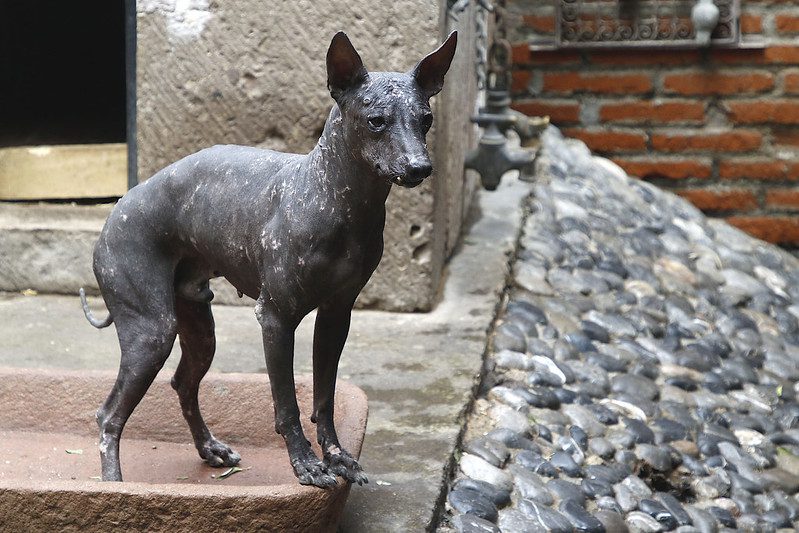
Since then, the XCA created a studbook based on AKC requirements, hosted an annual speciality show, published a quarterly newsletter and maintained an active national rescue network called National Xolo Rescue (previously known as The Xolo Rescue League).
FSS-registered Xolos are eligible to compete at AKC performance events since January 1, 2007. Since January 1, 2011, the breed has been eligible to compete in AKC Non-Sporting events.
Characteristics
Appearance
Giorgio Armani was the first Xoloitzcuintle ever to be named Best of Breed at the Westminster Dog Show. Since joining the American Kennel Club’s Non-Sporting Group, he has won four Bests of Show and 27 Group Firsts.
The size ranges from 10 to 55 lb (11 to 23 kg). The breed’s height ranges from 9 to 26 inches (23 to 67 cm). The Xolo looks similar to a Pharaoh Hound. It has a smooth body, almond-shaped ears and a long neck. This breed was born from a spontaneous mutation thousands of years ago.
A recessive form of this attribute will result in a coated variety. The homozygous appearance is fatal for the unborn pup. Many litters have both coated and hairless puppies. The original dog’s form before spontaneous hairless mutation was observed is the coated one.
It has a dense, short and flat coat. Many dogs have a few hairy patches on their bodies, including the top of the head, the tips of the tail, and the toes. The majority of hairless dogs are either black or bluish-grey in colour.
The Xolo allele that causes hairlessness in dogs can also impact their dentition. Hairless Xolos often have a partial set of teeth, while coated dogs have complete dentition.
The Xolo has a moderate appearance. It conveys strength, agility, elegance and grace. The Xolo’s body proportions are square, slightly longer than the height at the top of the shoulders (at the withers).
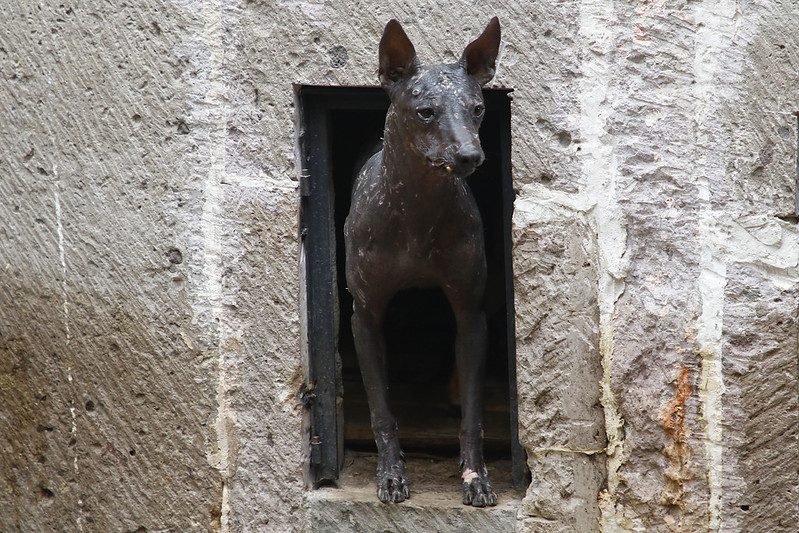
There are two types of Xolo, a hairless and a coated variety. The dominant form of the heterozygous hairless Hh trait is the hairless Xolos. The recessive form of the Hh hairless trait is called coated Xolos (hh).
Pups may be either hairless or hairless, but they can also be bred hairless to coat or hairless and hairless. Because they do not have the dominant H gene, breeding coated to coated pups will result in coated puppies.
Both types can be found in all hair and skin colours. The skin is often marked, spotted, or splashed with both. Black, grey, brown, yellowish-blonde and blue are the most popular colours. Breeders have divided the breed into three categories: Standard, Miniature, and Toy.
Temperament
Xoloitzquintles, hairless and covered
Because the Xoloitzcuintle was not modified by selective breeding. It is a ‘primitive temperament’ (very high intelligence and sensitivity, high hunting instincts, curiosity, strength, and energy). Both coated and uncoated Xolos have a strong physical nature and a healthy body.
Adult Xolos are known for their calm demeanour. Until they are two years old, puppies can be very energetic and noisy. They do not usually bark much and become quieter. They settle down more quickly and are calmer. Suppose they are not adequately exercised or supervised.
In that case, Xolos may become escape artists and climb over fences to chase other dogs. This breed is known for its guard dog abilities and willingness to fight. If they are correctly raised, adult dogs can be loyal, well-behaved and loving companions.
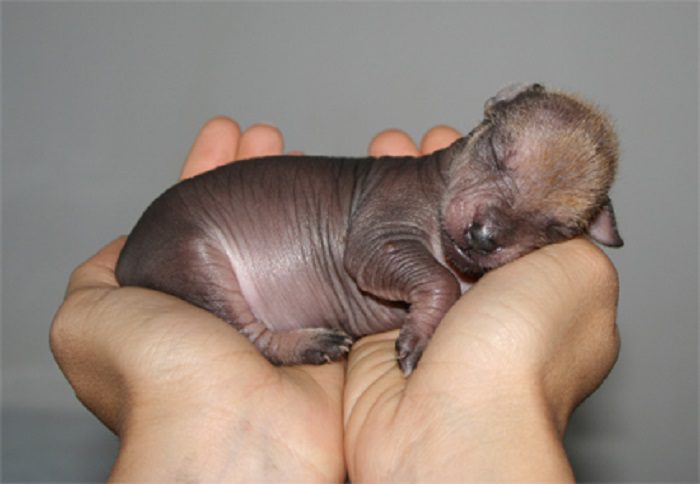
Although they are physically mature at one year old, many dog breeds, including Xolos, don’t reach emotional maturity until about two years.
Like other active breeds such as terriers and terriers, Xolos need consistent, loving obedience training and socialisation throughout their lives. Xolos who have been well-reared bond firmly to their owners and become very loyal to their family members.
Anyone considering adopting a Xolo should be prepared to spend some time learning positive reinforcement techniques for dogs and should also have experience with intelligent and active dog breeds.
This breed needs a safe, secure environment that is spacious and well-fenced. For most Toy-sized Xolos, daily walks are a great way to exercise. However, larger dogs and those who are more active will need more stimulation and mental stimulation.
Xolos with behaviour problems are often caused by a dog not being consistently or adequately supervised, insufficient exercise and mental stimulation, and inadequate supervision.
The Xoloitzcuintle should be a social dog and not an “only” dog. The Xoloitzcuintle is not a good dog if it’s kept outside. This breed thrives when it is part of the family and has regular socialisation with its owners (and other dogs) and its human family members.
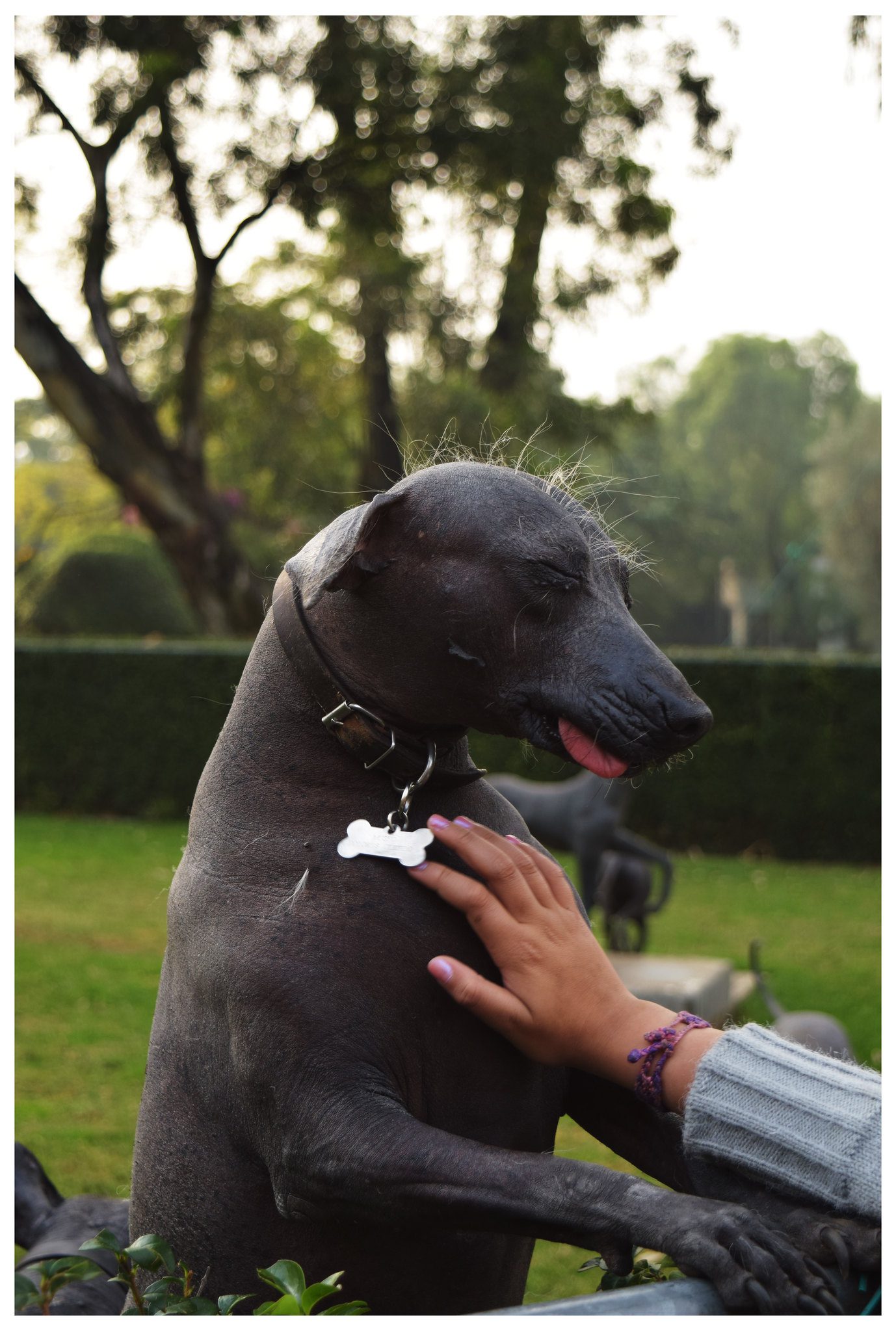
Health
Natural selection has resulted in the Xolo being developed over thousands of years. It is not as susceptible to health and structure issues as other dog breeds that have been modified more by human selection. Xolos are a tropical breed that is not suitable for outdoor living in northern and colder climates. They require light grooming and bathing, and skincare, just like other dogs with similar physical characteristics. Acne can occur. Poor breeding, neglect, over-bathing, and over-lotioning can cause skin problems. This can strip natural protections from the skin and clog pores.
Contemporary culture
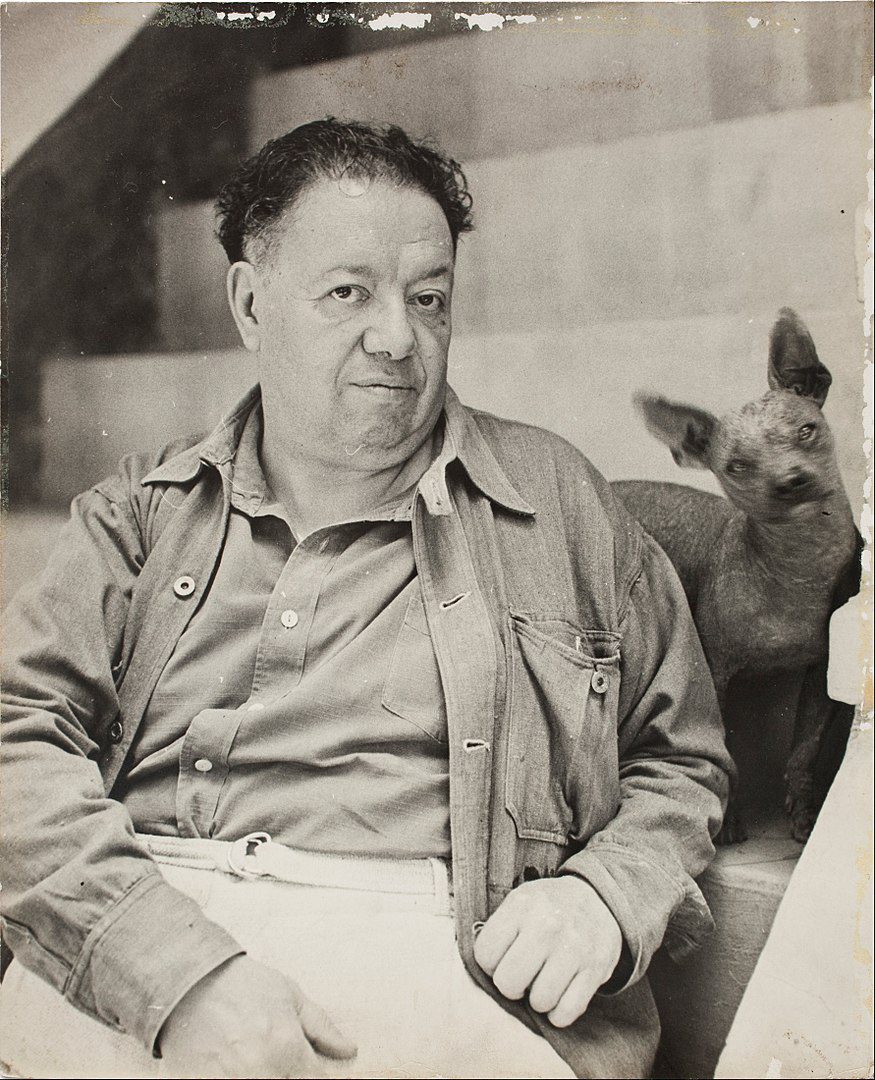
In recent years, Xoloitzcuintles has been getting more attention. You can see this in the increased popularity of the dog as a pet and in its representation in popular culture. Museo El Carmen, Mexico City, presented a show titled Xolos companeros of Viaje in 2019-20.
It featured more than 100 artefacts – ceramics and remains – that highlighted the significance of the Xoloitcuintle to Mexican heritage. Dante, a Xolo, stars in the 2017 Disney/Pixar blockbuster CGI animation Coco.
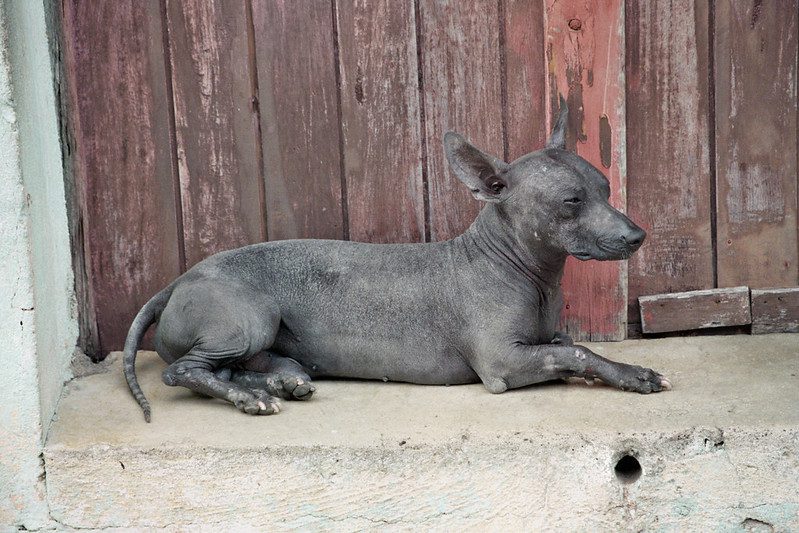
Miguel Angel Mancera, the Mexican Mayor, declared the Xoloitzcuintle a symbol and cultural heritage of Mexico City. A pack of Xolos is kept on the grounds by the Dolores Olmedo Museum.
Club Tijuana’s mascot is the Xoloitzcuintle, also known as the Xoloitzcuintles of Caliente. This professional football club was founded in 2007. Xolos can be seen in Frida Kahlo’s paintings.
A 500 peso note with Kahlo’s painting titled Love’s Embrace the Universe, Earth (Mexico), I Diego and Mr Xolotl (1949), is featured on the reverse side. Numerous Xolos are featured in Diego Rivera’s large murals, The History of Mexico in Mexico City’s Palacio Nacional.







































